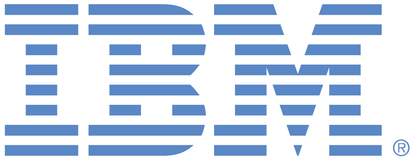
This portal is to open public enhancement requests for IBM Sterling products and services. To view all of your ideas submitted to IBM, create and manage groups of Ideas, or create an idea explicitly set to be either visible by all (public) or visible only to you and IBM (private), use the IBM Unified Ideas Portal (https://ideas.ibm.com).
Shape the future of IBM!
We invite you to shape the future of IBM, including product roadmaps, by submitting ideas that matter to you the most. Here's how it works:
Search existing ideas
Start by searching and reviewing ideas and requests to enhance a product or service. Take a look at ideas others have posted, and add a comment, vote, or subscribe to updates on them if they matter to you. If you can't find what you are looking for,
Post your ideas
Post an idea.
Get feedback from the IBM team and other customers to refine your idea.
Follow the idea through the IBM Ideas process.
Specific links you will want to bookmark for future use
Welcome to the IBM Ideas Portal (https://www.ibm.com/ideas) - Use this site to find out additional information and details about the IBM Ideas process and statuses.
IBM Unified Ideas Portal (https://ideas.ibm.com) - Use this site to view all of your ideas, create new ideas for any IBM product, or search for ideas across all of IBM.
ideasibm@us.ibm.com - Use this email to suggest enhancements to the Ideas process or request help from IBM for submitting your Ideas.

Thank you for taking the time to provide your ideas to IBM. After discussing with development, we believe, implementing this change does not align with broader roadmap. For that reason I am putting this as "Not under consideration" and we can revisit this once we see interest from more customers (via Voting or Comments)
I understand that this is not the answer you were expecting however if you have any additional feedback, thoughts or ideas, or if there is anything else I can do, please do not hesitate to reply to this message to continue the conversation. Appreciate your patience.
Thanks,
James
Hi Detlev,
Connect:Direct Webservices offers REST API to pull statistics from Connect:Direct node. Please find below the documentation, the expected outcome from the API is in JSON format and customer may write their own scripts or use third party solution to transform the JSON to format needed.
https://www.ibm.com/docs/en/connect-direct/6.3.0?topic=api-get-statistical-data-file-transfer-process
Thank you for taking the time to share your ideas to IBM. We truly value our relationship with you and appreciate your efforts and willingness to share details about your experience, your recommendations, and ideas. We will soon review the same in the coming weeks and shall get back with a response.
Thanks,
James